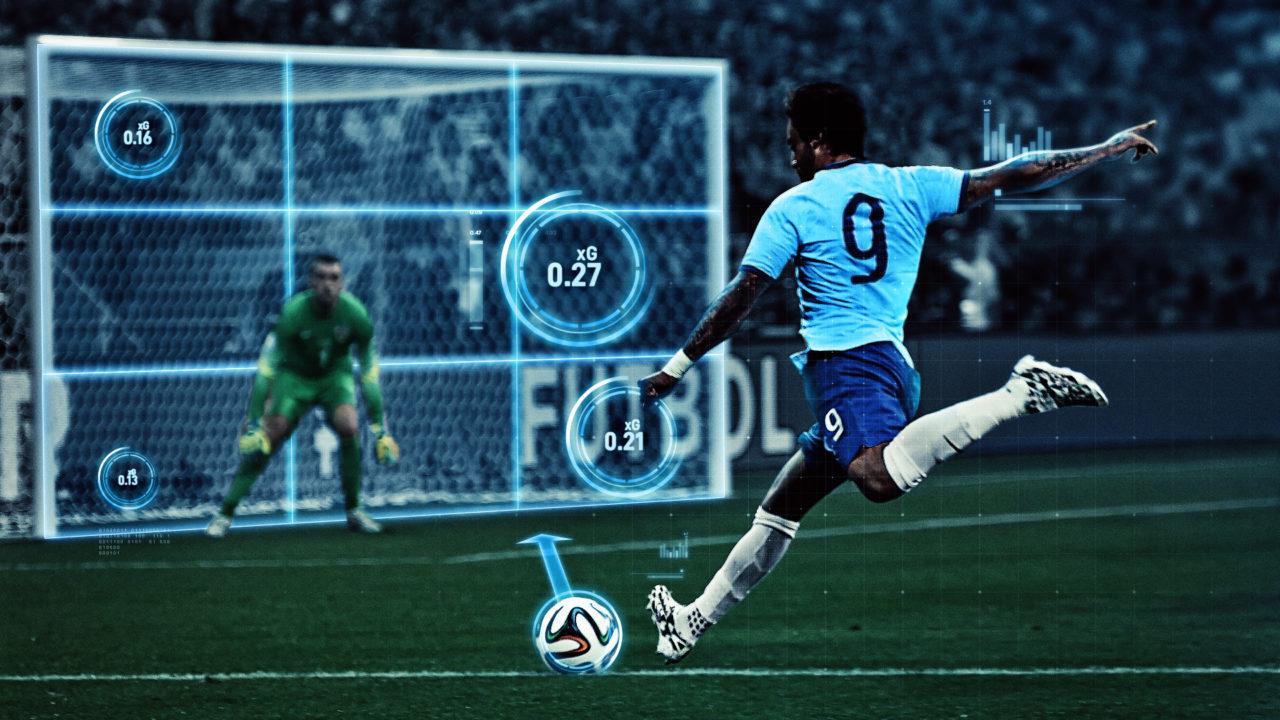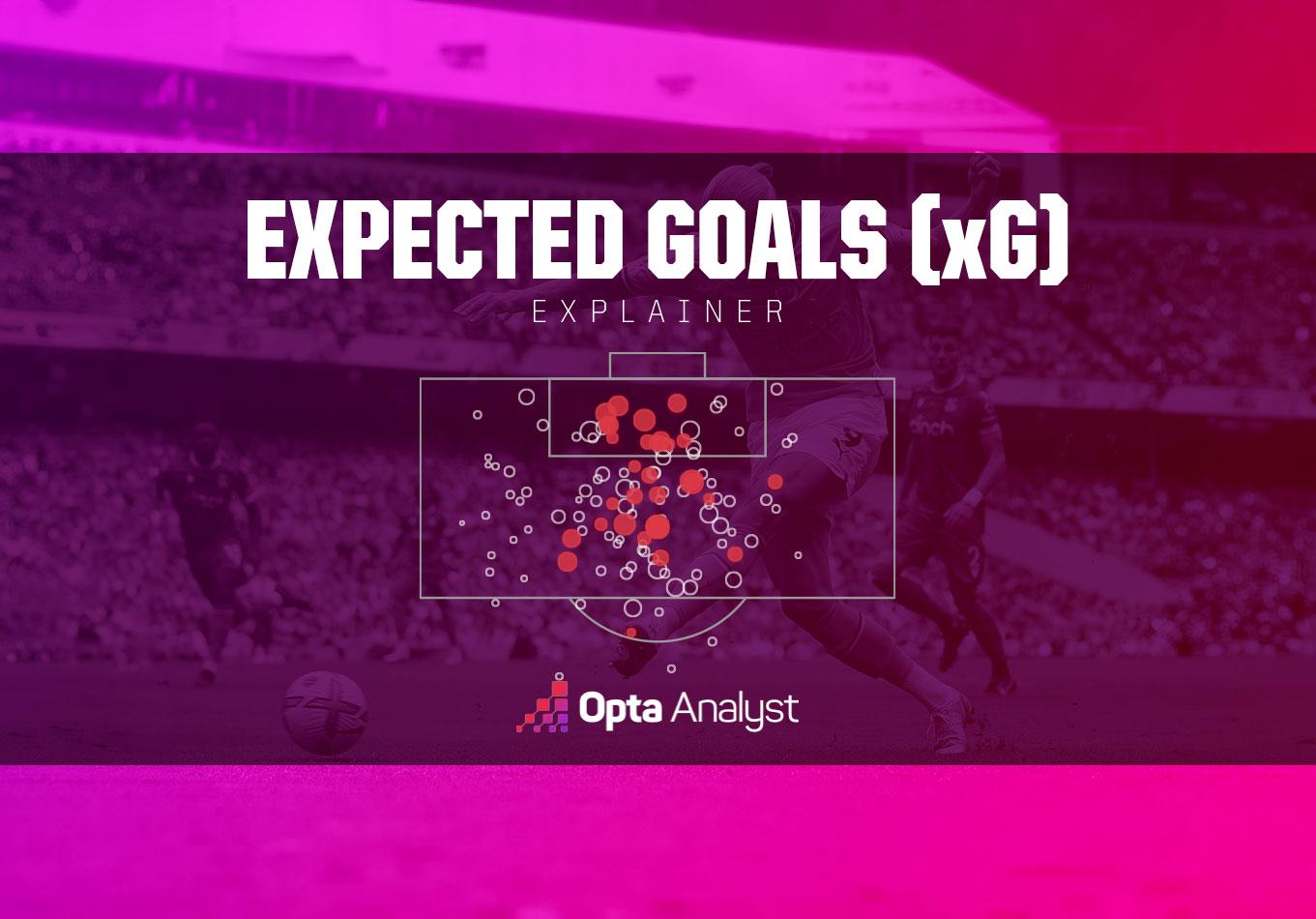In the dynamic world of soccer, where the beautiful game unfolds in breathtaking moments of skill and strategy, a new metric has emerged that seeks to redefine the way fans and bettors engage with the sport. Enter Expected Goals, or xG, a revolutionary statistical tool that quantifies the likelihood of a goal being scored based on the quality of goal-scoring opportunities. In the realm of soccer betting, xG has introduced a paradigm shift, moving the focus from traditional statistics to a more nuanced understanding of team performance and match potential. As bettors increasingly turn to this innovative metric to inform their wagers, we explore how xG is shaping the betting landscape, empowering enthusiasts to make more informed decisions while navigating the thrilling unpredictability of the sport. Join us as we delve into the intricacies of Expected Goals and discover how this analytical approach can enhance your soccer betting experience.
Table of Contents
- Understanding the Concept of Expected Goals in Soccer Betting
- Interpreting xG Data: Key Metrics for Successful Betting Strategies
- How to Incorporate xG into Your Betting Tactics
- Common Mistakes to Avoid When Using Expected Goals for Betting
- Q&A
- To Wrap It Up

Understanding the Concept of Expected Goals in Soccer Betting
The concept of expected goals (xG) represents a revolutionary metric in soccer analysis, particularly for bettors looking to make informed decisions. Unlike traditional statistics, which often focus solely on goals scored, xG delves deeper into the quality of scoring opportunities. By assigning a numerical value to each shot based on various factors—such as distance from goal, angle, and type of shot—xG provides a more nuanced understanding of a team’s performance. This analysis helps bettors recognize whether a team is outperforming or underperforming relative to their actual results, opening up insights for strategic wagers. Be sure to consider the following when evaluating xG:
- Shot Quality: Each shot’s likelihood of resulting in a goal.
- Team Form: How recent performances correlate with expected outcomes.
- Opposition Strength: The defensive capabilities of the opposing team.
Moreover, understanding xG can significantly impact betting strategies. Bettors can identify situations where the market may be mispricing a team based on their actual results rather than their xG data. For instance, if a team consistently generates high xG but fails to convert these chances into goals, they might be prime candidates for positive regression, making them an appealing bet in upcoming matches. To visualize this concept and its application in betting scenarios, consider the table below:
| تیم | Goals Scored | xG | Difference |
|---|---|---|---|
| Team A | 10 | 15 | -5 |
| Team B | 20 | 18 | +2 |
| Team C | 14 | 12 | +2 |
This table showcases teams with different performances relative to their xG, giving bettors valuable insights into where opportunities might lie. By leveraging expected goals in your betting strategy, you’re more likely to make educated decisions that could enhance your overall success in soccer betting. For further insights and analysis, visit www.betreward.com.
Interpreting xG Data: Key Metrics for Successful Betting Strategies
To maximize the potential of your betting strategies, it’s crucial to understand which metrics within expected goals (xG) data can provide insight into team performance and game outcomes. Here are some key metrics to consider when analyzing xG data:
- xG per Shot: This metric indicates the quality of shots taken by a team. Higher values suggest a team is creating more high-quality chances.
- xG Against (xGA): Understanding how many expected goals a team allows can help identify defensive weaknesses, which can be pivotal in predicting match outcomes.
- xG Difference (xGD): Calculating the difference between a team’s xG and xGA provides a balanced view of both offensive and defensive performance.
When integrating these metrics into your betting strategies, it’s essential to also take into account how they correlate with past performances over a season. Analyzing trends rather than singular matches can give a more comprehensive view of a team’s capability. For a deeper understanding, consider the following comparison of two hypothetical teams:
| تیم | xG | xGA | xGD |
|---|---|---|---|
| Team A | 1.85 | 1.20 | 0.65 |
| Team B | 1.60 | 1.70 | -0.10 |
In this example, Team A demonstrates a strong offensive potential combined with a solid defense, making them a favorable candidate for winning bets. Conversely, Team B shows a concerning trend with a negative xGD, which may suggest they are at risk in future fixtures. For more advanced strategies, consider visiting www.betreward.com to delve deeper into analytical resources and expert advice on xG betting.

How to Incorporate xG into Your Betting Tactics
To effectively utilize expected goals (xG) in your betting strategies, it’s vital to understand how xG metrics indicate the quality of scoring chances. By analyzing a team’s xG, you can gauge their performance beyond mere results. Look for patterns such as:
- Underperforming teams: Clubs that consistently create high xG but don’t convert can indicate value in upcoming matches.
- Overperforming teams: Teams achieving results far above their xG may be due for regression, making them potentially risky bets.
- Match-up analysis: Consider how teams’ xG figures stack against each other to identify favorable conditions.
Incorporating xG into your betting approach also involves leveraging this metric to anticipate specific outcomes. When assessing matches, consider the following factors:
- Player injuries: Missing key players can drastically modify a team’s xG potential.
- Home vs. away forms: Teams often have differing xG at home compared to away matches, affecting their true expectation of scoring.
- Historical data: Review past match-ups between teams to see how xG trends have influenced outcomes.
By synthesizing these elements with traditional statistics, you can craft a more informed betting tactic that capitalizes on xG insights.

Common Mistakes to Avoid When Using Expected Goals for Betting
When venturing into the realm of expected goals (xG) in soccer betting, one of the most common pitfalls is misunderstanding the data’s context. It’s crucial to remember that xG is not an absolute indicator of a team’s future performance. Factors such as player form, weather conditions, and tactical changes can heavily influence outcomes beyond what the statistics suggest. Therefore, avoiding reliance solely on xG while also considering these external elements can lead to more informed betting decisions.
Another frequent mistake is failing to pay attention to the sample size of xG data. Betting based on a mere handful of matches can yield misleading conclusions, as fluctuations and anomalies are commonplace in sports. Instead, formulating decisions around a substantial dataset can provide a more accurate assessment of a team’s abilities. Always assess trends over time and incorporate historical performance, as summarized in the table below, to enhance your betting strategy:
| تیم | Last 5 Matches (xG) | Goals Scored |
|---|---|---|
| Team A | 9.5 | 8 |
| Team B | 5.2 | 4 |
| Team C | 7.8 | 6 |
Incorporating these considerations while evaluating xG metrics—by acknowledging their limitations and ensuring a thorough analysis—is fundamental in enhancing your betting acumen. Remember, knowledge gained through careful consideration of multiple factors will pave the way for better betting outcomes.
Q&A
Q&A: Understanding Expected Goals (xG) in Soccer Betting
Q: What exactly is Expected Goals (xG) in soccer?
A: Expected Goals (xG) is a statistical metric that quantifies the quality of scoring chances in a soccer match. Each shot taken in a game is assigned a value based on several factors such as distance from goal, angle, and the type of play leading to the shot. The idea is to provide a more nuanced view of a team’s performance beyond just the final score.
Q: How can xG affect soccer betting?
A: By utilizing xG data, bettors can gain insights into team performance that traditional statistics might overlook. A team with a high xG but low goals scored might indicate they are due for a scoring breakthrough, making them a potentially valuable bet in future matches. Conversely, if a team is consistently overperforming its xG, it might suggest unsustainable luck.
Q: Are there specific betting strategies that incorporate xG?
A: Absolutely! Many bettors combine xG analysis with other metrics to inform their choices. For instance, looking at a team’s recent xG performance over a series of matches can help identify trends. Bettors might look for value in markets such as total goals scored, first-half outcomes, or even individual player performance markets, especially for strikers who exceed their expected goal totals.
Q: Can you give an example of how xG might signal a betting opportunity?
A: Consider a scenario where Team A has an xG of 3.0 in their past match but only scored 1 goal, while Team B, with an xG of 1.0, scored 2 goals. The performance suggests Team A is much more capable of scoring than their result shows. In this case, a bettor might place a wager on Team A to win in their next matchup, as there’s a strong likelihood they’ll convert their chances into goals.
Q: What limitations should bettors be aware of when using xG?
A: While xG is a powerful analytical tool, it’s not infallible. It doesn’t account for every variable in the game, such as player injuries, tactical changes, or the psychological aspect of performing under pressure. Additionally, historical data can only predict trends to a certain extent, so it’s wise to use xG as part of a broader analytic approach.
Q: How can bettors find reliable xG data?
A: Many sports analytics websites and betting platforms offer xG data, often presented alongside traditional statistics. Look for reputable sources that provide detailed breakdowns, historical data, and contextual analysis. Some sites even offer xG-based betting tips and forecasts, which can be an excellent resource for informed wagering.
Q: how should one view xG in the context of soccer betting?
A: Expected Goals (xG) should be seen as a valuable piece of the puzzle in soccer betting. By integrating xG analysis into your betting strategy, you can improve your chances of finding value bets and make more informed wagering decisions. However, like all metrics, it should be used in conjunction with a comprehensive understanding of the game and other statistical insights for the best results.
To Wrap It Up
In the ever-evolving world of soccer betting, Expected Goals (xG) stands as a beacon of analytical clarity, cutting through the noise of traditional metrics and offering a fresh perspective on game outcomes. As you step into the realm of xG betting, remember that knowledge is your greatest ally. By understanding the nuances of this advanced stat, you can make more informed decisions, capitalize on hidden value, and elevate your betting strategy.
Harness the power of data while keeping a pulse on the beautiful game’s unpredictable nature. As teams battle it out on the pitch, the xG metric allows you to not only assess their performance but also predict potential future outcomes. So, whether you’re a seasoned bettor or a curious newcomer, the world of Expected Goals offers a new lens through which to view soccer—one that shines brightly amidst the swirling uncertainties of matchday.
Embrace this analytical approach, and may your wagers be wise and your stakes bring forth rewarding outcomes as you navigate the thrilling landscape of soccer betting with xG as your compass. Happy betting!